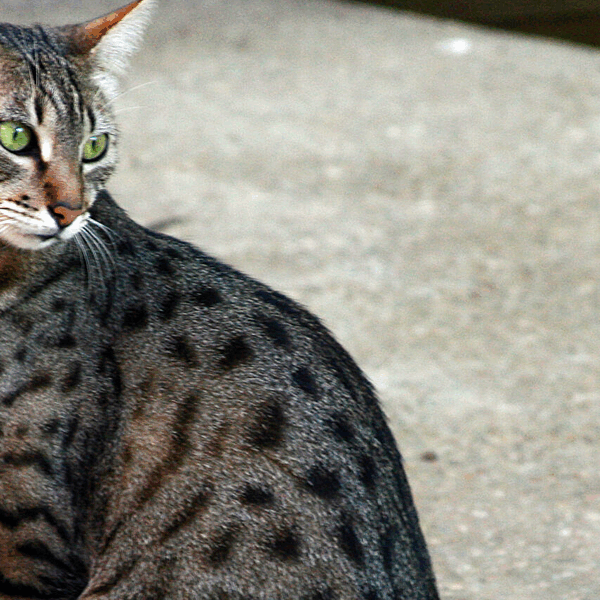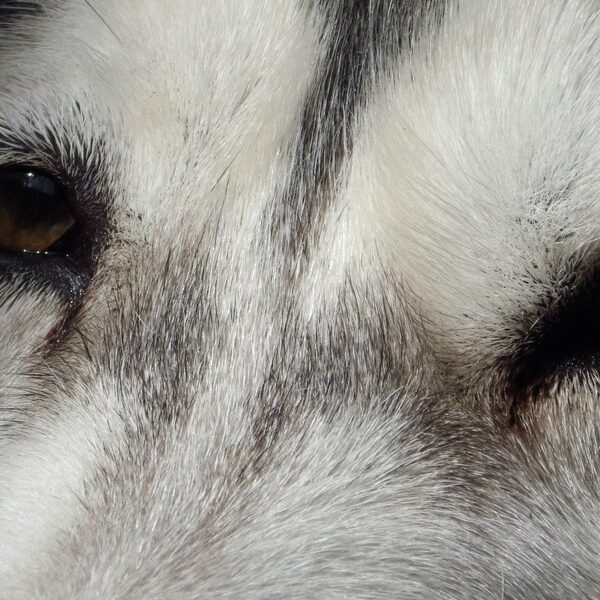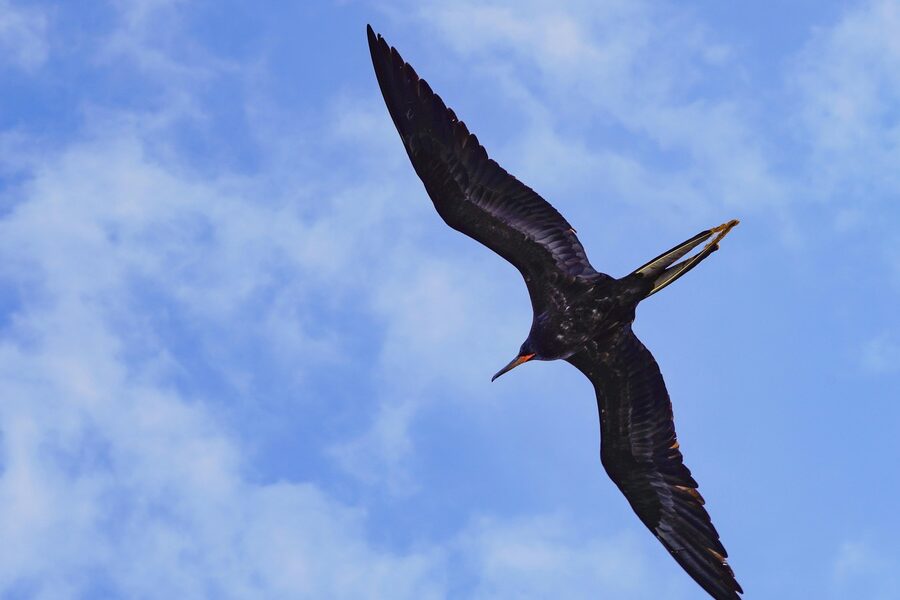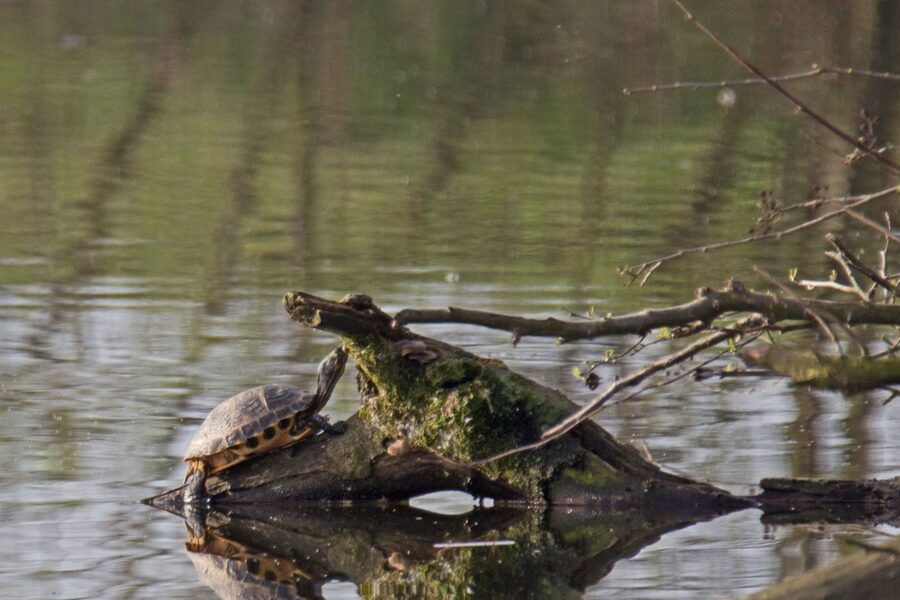There are 13 pink snakes on this list, covering wild species, captive morphs, and genetic color phases. Many get their pink color from albinism, leucism, or selective breeding, while a few species show natural pink tones in the wild. Truly pink snakes are rare, and the list shows both tiny burrowers and giant pythons.
See the list below for scientific names, the primary pink trait, average length in centimeters, and habitat region.
How do snakes get pink coloring?
- Albinism removes dark pigment (melanin). This often leaves a pinkish skin tone.
- Leucism reduces multiple pigments and can make snakes look white or pale pink.
- Selective breeding creates captive “morphs” that show pastel pinks.
- Some species have natural pink or salmon phases in the wild.
Pink Snakes
| Common Name | Scientific Name | Primary Pink Trait | Average Length (cm) | Habitat Region |
|---|---|---|---|---|
| Coral Glow Ball Python | Python regius | Selective breeding (T+ albino) | 100-150 | West and Central Africa |
| Snow Corn Snake | Pantherophis guttatus | Selective breeding (Amelanistic + Anerythristic) | 120-150 | Southeastern United States |
| Bimini Boa | Chilabothrus strigilatus fosteri | Natural coloration | 180-240 | Bahamas (Bimini Islands) |
| Brahminy Blind Snake | Indotyphlops braminus | Natural coloration | 10-15 | Global (Tropical/Subtropical) |
| Pink-headed Reed Snake | Calamaria schlegeli | Natural coloration | 30-50 | Southeast Asia (Thailand, Malaysia, Indonesia) |
| Albino Nelson’s Milksnake | Lampropeltis triangulum nelsoni | Albino mutation | 90-110 | Mexico |
| Leucistic Texas Rat Snake | Pantherophis obsoletus | Leucistic mutation | 120-180 | Central North America |
| Albino Western Hognose Snake | Heterodon nasicus | Albino mutation | 50-90 | North America (Great Plains) |
| Leucistic Monocled Cobra | Naja kaouthia | Leucistic mutation | 120-150 | South and Southeast Asia |
| Albino Burmese Python | Python bivittatus | Albino mutation | 350-500 | Southeast Asia |
| Albino California Kingsnake | Lampropeltis californiae | Albino mutation | 90-120 | Western United States & Mexico |
| Barbadensis Racer | Erythrolamprus perfuscus | Natural coloration | 80-100 | Barbados |
| Madagascar Cat-eyed Snake (Leucistic) | Madagascarophis colubrinus | Leucistic mutation | 60-100 | Madagascar |
Images and Details
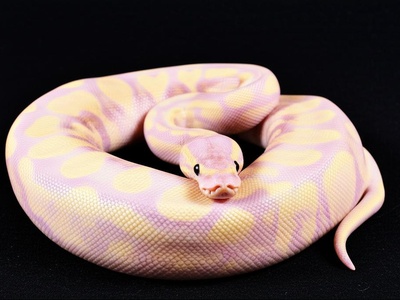
Coral Glow Ball Python
One of the most popular pet snakes, this morph is famous for its lavender-pink and pastel yellow coloration. They are known for their docile nature and tendency to curl into a ball when frightened.

Snow Corn Snake
A beautiful and popular pet, the Snow morph lacks red and black pigments, resulting in a white snake with pink or yellowish blotches. They are prized for their gentle temperament and ease of care.
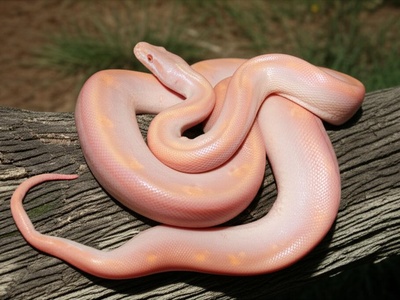
Bimini Boa
A rare subspecies of the Bahamian Boa, some individuals exhibit a stunning, naturally occurring pink or orange-pink coloration. This is not a morph but a natural color phase found in its native habitat.
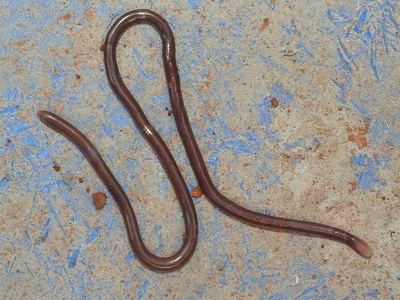
Brahminy Blind Snake
Often mistaken for an earthworm, this tiny, burrowing snake has a glossy, pinkish-gray to purplish body. It is one of the smallest snakes in the world and reproduces parthenogenetically (without males).
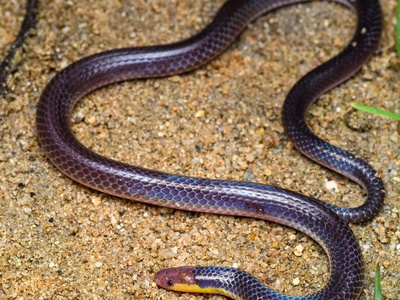
Pink-headed Reed Snake
This small, secretive snake has a dark, iridescent body that dramatically contrasts with its bright pink or reddish head and tail tip. It burrows in the forest floor, feeding on worms and insects.
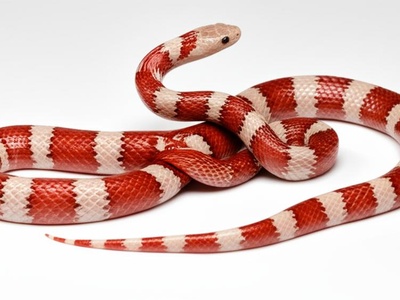
Albino Nelson’s Milksnake
Albinism removes the black bands on this vibrant snake, leaving behind striking bands of intense pinkish-red and creamy white. Their “candy cane” appearance makes them a highly sought-after pet.

Leucistic Texas Rat Snake
While technically white, this popular morph lacks all pigment cells, resulting in a solid white snake with blue-black eyes. Their translucent skin often gives them a distinct pink or purplish cast.
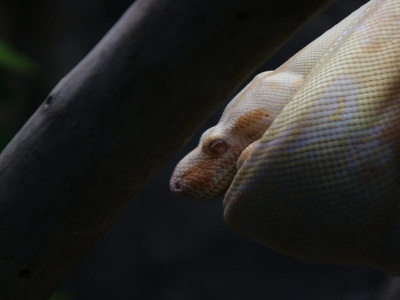
Albino Western Hognose Snake
Known for their adorable upturned snout and dramatic defensive displays, albino hognose snakes are brightly colored. They lack black pigment, leaving a pattern of vivid oranges and reds on a pinkish background.
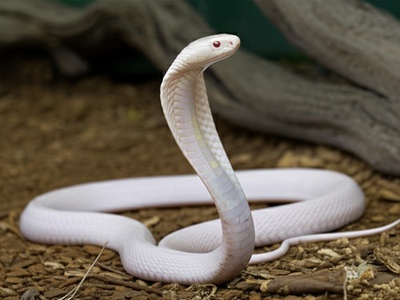
Leucistic Monocled Cobra
A starkly beautiful but highly venomous snake. The leucistic morph is a uniform, immaculate pinkish-white, lacking any pattern. Its ghostly appearance is both captivating and a clear warning of its dangerous nature.
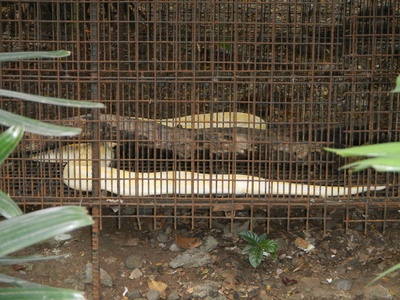
Albino Burmese Python
One of the world’s largest snakes, the albino morph is iconic. It swaps the typical dark brown blotches for buttery yellows and the tan background for a pinkish-white, creating a gigantic, beautifully patterned animal.
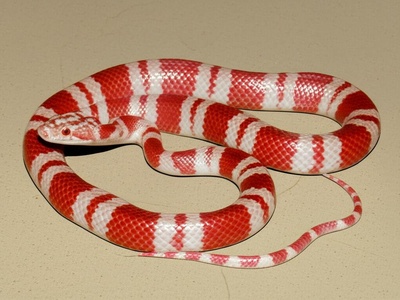
Albino California Kingsnake
A classic beginner snake, the albino morph is particularly striking. The typical black bands are replaced with bands of pink or red, alternating with a creamy white or pinkish-white, creating a high-contrast pattern.
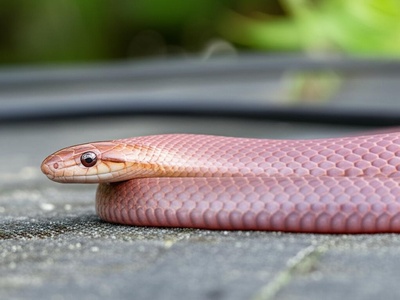
Barbadensis Racer
A critically endangered species endemic to Barbados. While many are brown, some individuals display a beautiful natural salmon-pink coloration, making it a rare pink gem and a symbol for conservation efforts on the island.
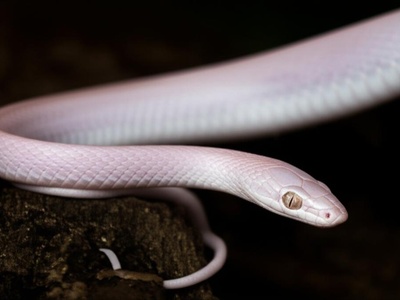
Madagascar Cat-eyed Snake (Leucistic)
This slender, nocturnal snake from Madagascar has large eyes with vertical pupils. The extremely rare leucistic individuals are a smooth, uniform pinkish-white color, appearing almost ethereal and ghost-like.

